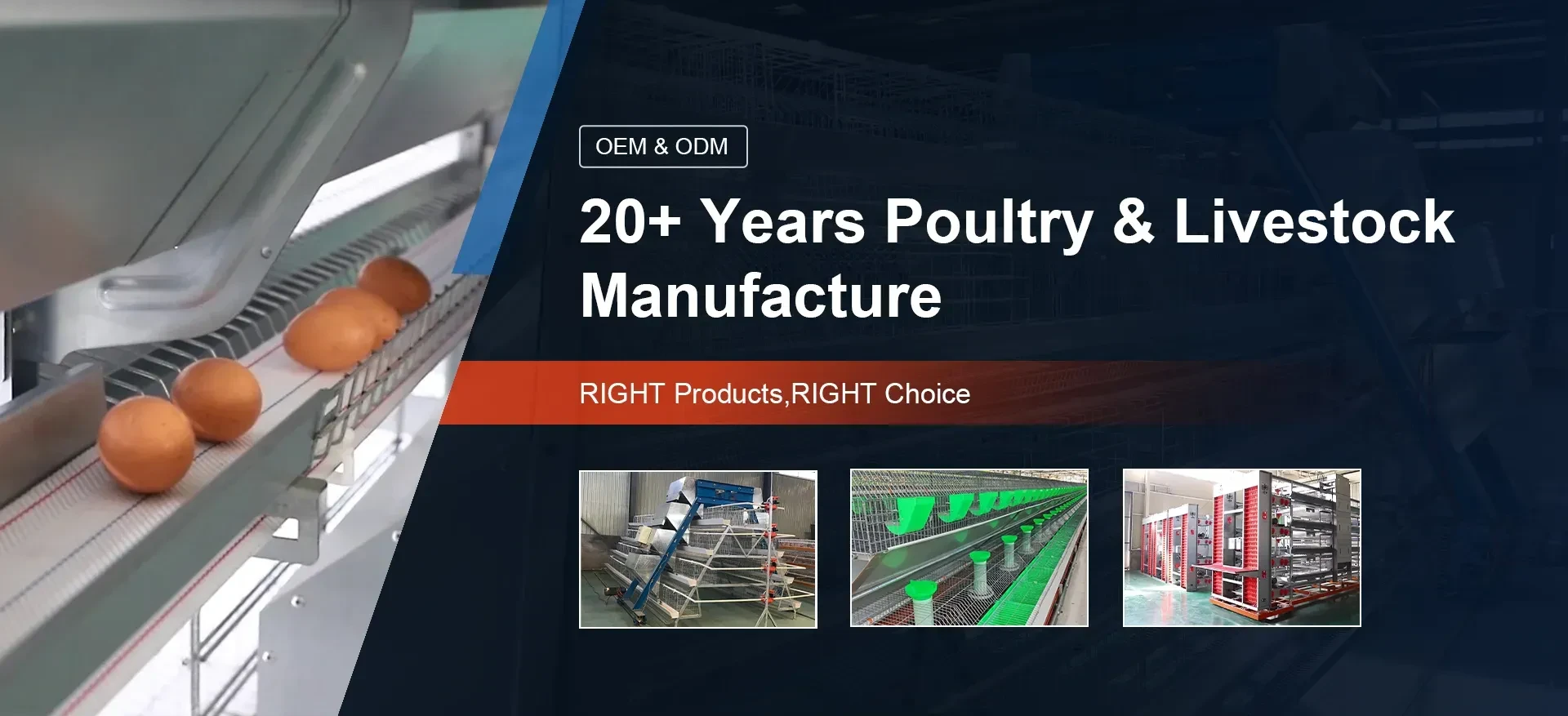poultry cage
Oct . 10, 2024 14:52 Back to list
poultry cage
The Importance of Poultry Cages in Modern Agriculture
The poultry industry plays a significant role in global food production, providing billions of eggs and meat to consumers each year. As the demand for poultry products continues to rise, efficient and humane farming practices have become crucial. One of the key components in achieving this goal is the use of poultry cages. These enclosures not only enhance productivity but also ensure the welfare of the birds.
Poultry cages come in various designs tailored to different types of birds, including chickens, ducks, and turkeys. Commonly, battery cages, enriched cages, and free-range systems are employed. Battery cages are the traditional method used in large-scale production, where hens are kept in small cages, often leading to concerns regarding animal welfare. However, enriched cages have emerged as a more humane alternative. They provide extra space, perches, and nesting areas, allowing hens to exhibit more natural behaviors. This shift reflects the growing awareness of the need for ethical poultry farming.
One of the primary benefits of using poultry cages is improved space management
. In traditional barn systems, birds often roam freely, which can lead to overcrowding and increased competition for resources. Cages, on the other hand, allow farmers to maximize space efficiency while minimizing the risk of disease transmission. By containing birds in designated areas, farmers can maintain better hygiene and control environmental factors such as temperature and humidity. This is particularly important in large operations where thousands of birds are housed.Another significant advantage of poultry cages is their role in boosting egg production. Studies have shown that hens in well-designed cages tend to lay more eggs compared to those in non-caged environments. This increased productivity can help farmers meet the growing demand for poultry products, ultimately contributing to food security. Moreover, improved egg production translates to higher profitability for farmers, enabling them to invest in better facilities and further enhance animal welfare.
poultry cage

Animal health is a crucial aspect of poultry farming. Cages can facilitate better health management practices, allowing for easier monitoring of each bird’s condition. When birds are housed in smaller groups, farmers can quickly identify sick or distressed individuals and provide timely veterinary care. This proactive approach can lead to lower mortality rates and reduced reliance on antibiotics, which is increasingly important given the global push to combat antibiotic resistance.
However, the use of poultry cages is not without controversy. Critics argue that confining birds, even in enriched cages, inhibits their natural behaviors, such as foraging and dust bathing. As a result, animal rights advocates emphasize the need for systems that allow for greater freedom of movement, such as free-range or pasture-raised options. While these systems can provide more natural living conditions, they also pose challenges in terms of space, management, and susceptibility to predators.
To address these concerns, the poultry industry is evolving. Many farms are adopting a hybrid approach, combining elements of cage and free-range systems. This allows birds to experience the benefits of both environments. For instance, some producers offer outdoor access while still providing protection from predators and adverse weather conditions. This balanced approach aims to meet the demands of consumers for higher welfare standards while maintaining efficiency in production.
In conclusion, poultry cages remain a cornerstone of modern poultry farming, playing a vital role in enhancing productivity, ensuring animal health, and contributing to food security. As the industry continues to evolve, it is essential to find a balance between production efficiency and animal welfare. By embracing innovative cage designs and farming practices, the poultry sector can strive for a future that satisfies both consumers’ needs and ethical considerations. The continued dialogue about the best methods for housing poultry reflects a broader commitment to improving agricultural practices and ensuring that all animals are treated with respect and care. As technology and research advance, the poultry industry has the potential to lead the way in sustainable and humane farming practices.
-
Automatic Feeding Line System-Pan Feeder Nipple Drinker|Anping County Yize Metal Products Co., Ltd.
NewsJul.29,2025
-
Hot Sale 24 & 18 Door Rabbit Cages - Premium Breeding Solutions
NewsJul.25,2025
-
Automatic Feeding Line System Pan Feeder Nipple Drinker - Anping County Yize Metal Products Co., Ltd.
NewsJul.21,2025
-
Automatic Feeding Line System Pan Feeder Nipple Drinker - Anping County Yize Metal Products Co., Ltd.
NewsJul.21,2025
-
Automatic Feeding Line System - Anping Yize | Precision & Nipple
NewsJul.21,2025
-
Automatic Feeding Line System - Anping Yize | Precision & Nipple
NewsJul.21,2025






